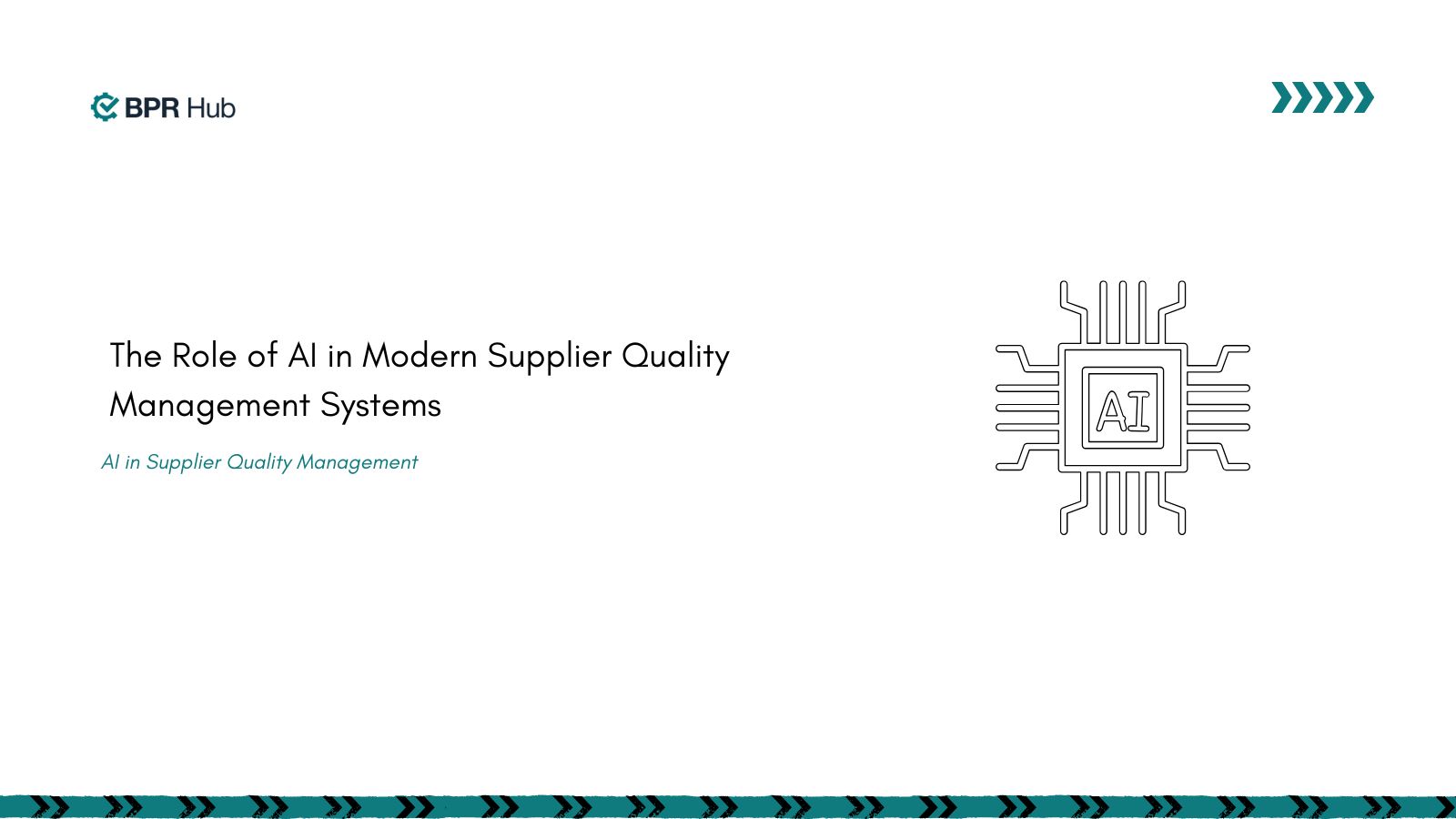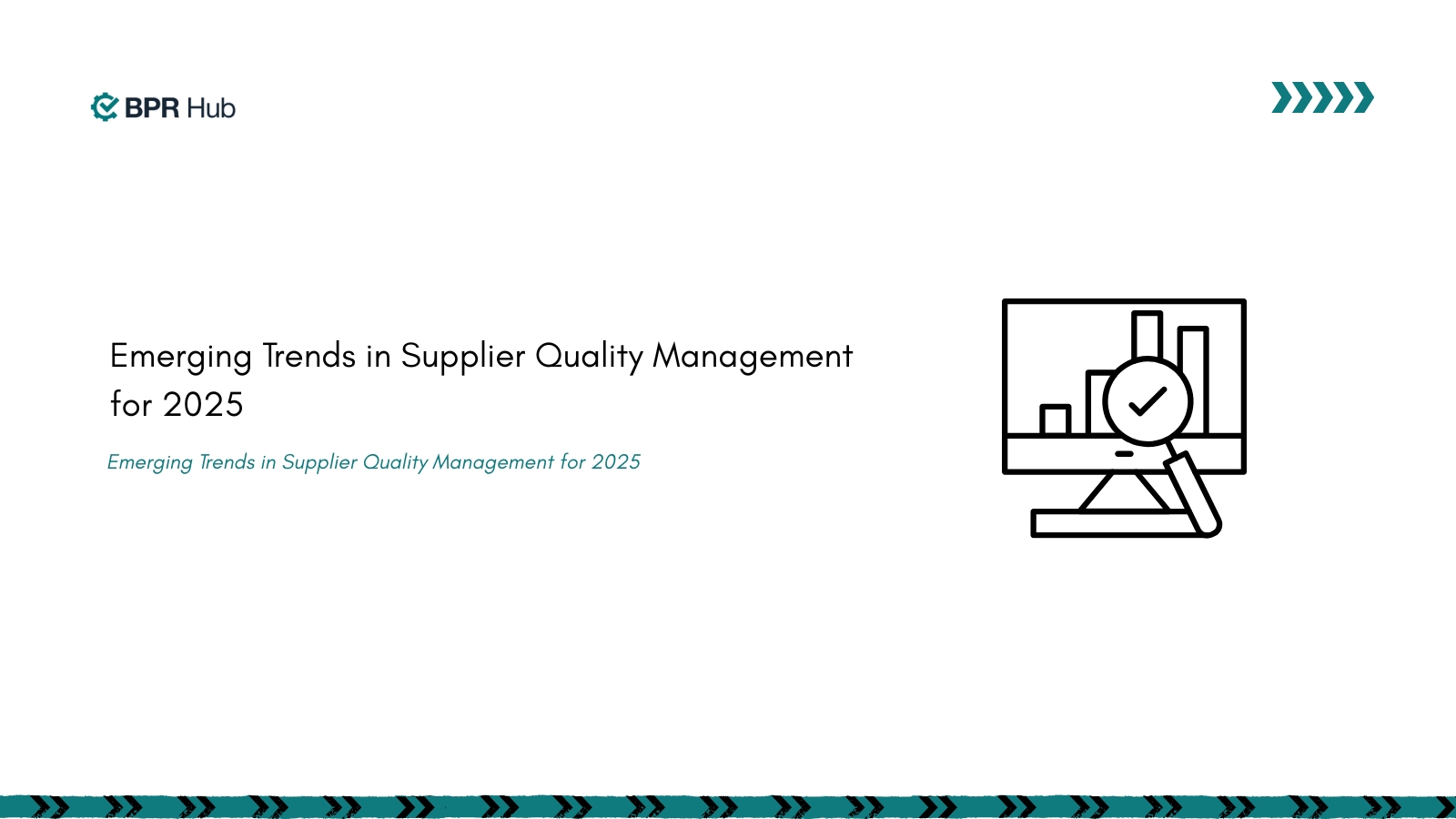In aerospace manufacturing, where precision and safety are non-negotiable, maintaining supplier quality standards becomes paramount to overall program success. AS9100D programs require organizations to systematically address nonconformities through structured processes, including supplier corrective action requests when quality issues arise with external providers. However, many organizations struggle with when to issue a supplier corrective action request and how to implement an effective corrective action request system that drives meaningful improvements.
According to simpleQuE's analysis of AS9100 Standards Major and Minor Nonconformances for 2019, issues dealing with corrective actions have the largest number of major non-conformities. This challenge stems from poor root cause analysis, insufficient documentation, and ineffective validation of corrective actions. Understanding how to properly manage supplier corrective action request processes becomes critical for maintaining AS9100D compliance and achieving sustainable supplier relationships while implementing effective quality management practices.
What is a Supplier Corrective Action Request in AS9100D
A Supplier Corrective Action Request (SCAR) is a formal document issued by an organization to a supplier when its product, service, or process fails to meet established quality standards, requiring the supplier to investigate the problem, identify its underlying cause, implement corrective measures, and prevent future occurrences. Within AS9100D frameworks, SCARs serve as structured communication tools that ensure suppliers understand their contribution to product conformity and safety.
AS9100D requirements around nonconformities and corrective actions align with ISO 9001:2015 under Clause 10.2, with specific aerospace additions requiring organizations to review the success of any corrective actions taken and update risks and opportunities during planning. Unlike internal Corrective and Preventive Actions (CAPAs), SCARs specifically address external supplier nonconformances that could impact the organization's ability to deliver conforming aerospace products.
The key distinction lies in the aerospace industry's stringent safety requirements. According to AS9100 Store's guidance on nonconformity and corrective action, AS9100D requires determining causes of nonconformity, including, as applicable, those related to human factors. This level of rigor ensures that supplier-related issues don't compromise flight safety or regulatory compliance.
📍 Book a Demo
📧 hello@bprhub.com
When Should You Issue a SCAR to Your Supplier
Not every nonconformity justifies a corrective action request. AS9100D requires organizations to evaluate the need for action to eliminate the cause(s) of nonconformity based on criticality and frequency. The decision to issue a supplier corrective action request should be driven by systematic risk assessment rather than administrative convenience.
Industry experts confirm that not every nonconformity will justify a corrective action, and criticality and frequency of the nonconformity must be taken into account. Organizations should avoid automatic corrective action requests for minor, trivial issues, as this can create adversarial relationships with suppliers.
Primary Triggering Events for SCARs:
- Quality nonconformances affecting product safety or performance
- Delivery failures impacting production schedules or customer commitments
- Documentation discrepancies related to certifications or test reports
- Process deviations from approved procedures or specifications
- Recurring minor issues that indicate systemic problems
Organizations must evaluate supplier performance and define criteria for selecting suppliers under AS9100D external provider control requirements, documenting any activities resulting from evaluations, such as issuing supplier corrective actions when performance falls below established thresholds.
Risk Assessment Considerations:
The decision framework should consider the potential impact on flight safety, regulatory compliance, and customer satisfaction. The IAQG provides guidance showing that for low-frequency and low-impact issues, root cause corrective action is "not required," escalating to optional, recommended, and mandatory as frequency and severity increase.
Essential Elements Every AS9100D SCAR Must Include
A well-structured Supplier Corrective Action Form ensures clear communication and effective problem resolution, capturing all necessary information systematically. AS9100D programs require specific documentation elements to support regulatory compliance and audit requirements.
Core Documentation Components:
- Problem description with specific part numbers, quantities, and impact assessment
- Supporting evidence, including photos, test data, or inspection reports
- Regulatory context referencing applicable AS9100D clauses or customer requirements
- Communication protocols defining reporting frequency and escalation procedures
- Human factors consideration as required by Clause 10.2.1(b)(2)
The SCAR should detail the scope of the problem and initiate the collaboration process between the customer and supplier to address the root cause. This collaborative approach ensures that suppliers understand not just what went wrong, but why it matters in the context of aerospace quality requirements.
Root Cause Analysis Expectations:
Root cause analysis must identify underlying factors or systemic issues that contributed to nonconformance rather than treating symptoms. Suppliers should employ structured methodologies such as 5 Whys, Fishbone diagrams, or 8D approaches to ensure thorough investigation, including consideration of human factors where applicable.
How to Write an Effective SCAR Response Timeline
Realistic timeframe setting becomes crucial for maintaining supplier relationships while ensuring prompt resolution. The supplier confirmation process includes receipt acknowledgment, immediate containment actions to prevent further defective products, thorough investigation using structured problem-solving tools, and comprehensive CAPA plan development.
Best Practice Timeline Structure:
- Immediate acknowledgment within 24-48 hours
- Containment actions within 72 hours maximum
- Root cause analysis completion within 7-14 days, depending on complexity
- CAPA plan submission within 21 days from SCAR initiation
- Implementation completion based on the corrective action scope
- Effectiveness verification following implementation
Milestone Tracking Best Practices:
Establish clear checkpoints throughout the process to monitor progress and identify potential delays early. The supplier reports immediate containment actions as well as detailed plans to correct problems and prevent recurrence, with documentation of sustained implementation. This phased approach ensures accountability while providing flexibility for complex issues.
Common SCAR Implementation Mistakes That Delay Resolution
Poor root cause analysis, lack of understanding of clause intent, insufficient documentation of implemented actions, and ineffective validation of corrective actions represent the most common issues in corrective action processes. These mistakes can significantly delay resolution and strain supplier relationships.
Documentation Gaps:
Many organizations fail to maintain adequate records throughout the SCAR process. AS9100D requires that the nature of nonconformities, actions taken to address them, and results of corrective actions must be documented. Incomplete documentation can lead to audit findings and repeated issues.
Inadequate Root Cause Analysis:
A corrective action request intends to prevent recurrence by finding ways to be proactive while tackling a reactive issue. Superficial investigations that address symptoms rather than root causes inevitably lead to recurring problems and additional SCARs.
Poor Follow-up Processes:
Effective verification systems must ensure that corrections remain in place. Organizations must establish verification mechanisms such as enhanced quality management procedures, process audits, or supplier audits to maintain quality standards.

How to Track and Close SCAR Actions in AS9100D Programs
Effective SCAR closure requires systematic verification that corrective actions have eliminated root causes and established sustainable preventive measures. Organizations must verify the effectiveness of implemented actions through re-inspection of received goods, process audits at supplier facilities, or reviewing performance data over time.
Verification Methods:
- Performance monitoring through statistical analysis of quality metrics
- On-site audits to verify process improvements and sustainability
- Documentation reviews ensure procedures reflect implemented changes
- Testing protocols to validate corrected products or services
Effectiveness Monitoring:
AS9100D requires periodic monitoring of external providers' delegated verification activities, meaning organizations cannot simply receive and file Certificates of Conformance without evaluation.
Closure Criteria:
Formal SCAR closure should occur only after demonstrating sustained effectiveness over an appropriate timeframe. If corrective actions prove effective, organizations formally close the SCAR while maintaining records for future reference and supplier performance evaluation. If issues persist, the SCAR process may be reopened or escalated to supplier probationary status.
Digital Tools That Streamline SCAR Management
Aerospace manufacturers increasingly leverage digital platforms to enhance the corrective action request system efficiency and compliance. Cloud-based quality management systems enable real-time SCAR status tracking and automatic notifications for deadline overruns. These technological solutions address the complexity of managing multiple suppliers across global supply chains.
Automation Capabilities:
Contemporary systems integrate SCAR functionality directly into production monitoring, enabling proactive identification of potential problems. Manufacturing Execution Systems integrate SCAR functionalities with automatic quality data collection that proactively identifies potential problems and triggers SCAR processes when limits are exceeded.
Integration Benefits:
Digital SCAR management platforms provide seamless integration with existing quality management systems, enabling organizations to maintain comprehensive audit trails and regulatory compliance. These systems support standardized workflows, automatic escalation procedures, and performance analytics that drive continuous improvement.
ROI Considerations:
Investment in digital SCAR management typically yields returns through reduced administrative burden, improved response times, and enhanced supplier relationships. Organizations report significant improvements in corrective action effectiveness and regulatory compliance when implementing structured digital approaches.
BPR Hub's AI-powered Smart Quality Management capabilities provide aerospace manufacturers with comprehensive SCAR management solutions that streamline the entire corrective action lifecycle. By integrating intelligent automation with proven aerospace quality processes, organizations can achieve superior supplier quality outcomes while maintaining AS9100D compliance.
How BPRHub Helps with SCAR Management
BPRHub transforms supplier corrective action request management from an administrative burden into a strategic competitive advantage through intelligent automation and comprehensive supply chain visibility. The platform's Supplier Quality Management module specifically addresses aerospace manufacturer challenges in implementing effective AS9100D-compliant SCAR processes.
BPRHub's automated workflow engine ensures that SCARs are issued promptly when non-conformances are identified, with intelligent routing to appropriate suppliers based on predefined escalation rules. Real-time dashboards provide complete visibility into open SCARs, upcoming deadlines, and overdue items requiring management intervention.
The platform's AI-powered analytics identify patterns across supplier quality issues, automatically flagging suppliers with recurring problems requiring enhanced oversight or development programs. Predictive capabilities forecast potential supply chain risks based on SCAR trends, enabling proactive mitigation before quality issues impact production.
Integration with BPRHub's comprehensive compliance framework ensures that SCAR management aligns with broader quality system requirements, including AS9100 audit preparation, internal audit processes, and management review activities. This unified approach eliminates duplicate data entry and fragmented quality information across disconnected systems.
📍 Book a Demo
📧 hello@bprhub.com
Key Takeaways
→ Strategic SCAR Implementation: Issue supplier corrective action requests based on systematic risk assessment rather than administrative convenience to maintain effective supplier relationships
→ Comprehensive Documentation: Include specific problem descriptions, regulatory context, and human factors consideration in every SCAR to ensure clear communication and AS9100D compliance
→ Effective Timeline Management: Establish realistic milestones with prompt acknowledgment and phased implementation timelines to balance urgency with thoroughness
→ Robust Verification Process: Implement systematic verification methods, including performance monitoring and on-site audits, to ensure sustainable corrective action effectiveness
→ Digital Enhancement Opportunities: Leverage corrective action request systems with automation capabilities and real-time tracking to streamline SCAR management and improve compliance outcomes
→ Continuous Improvement Focus: Treat SCARs as collaborative improvement opportunities rather than punitive measures to strengthen supplier partnerships and enhance overall supply chain quality
Frequently Asked Questions
How do AS9100D SCAR requirements differ from ISO 9001 corrective action processes?
AS9100D builds upon ISO 9001:2015 corrective action requirements under Clause 10.2 with specific aerospace additions. While the basic framework remains consistent, AS9100D requires organizations to review corrective action success and update risks and opportunities during planning, with additional focus on human factors consideration and flight safety specific to aerospace applications.
When is a formal SCAR required versus informal supplier communication for quality issues?
If the nonconformity causes major manufacturing interruptions or relates to larger systemic issues, it warrants a formal supplier corrective action request. However, minor issues or one-off occurrences may be addressed through direct supplier communication before escalating to formal SCAR processes, based on criticality and frequency assessment.
What constitutes adequate root cause analysis in aerospace SCAR responses?
Effective root cause analysis must identify underlying factors or systemic issues that contributed to nonconformance rather than treating symptoms. Suppliers should employ structured methodologies like 5 Whys, Fishbone diagrams, or 8D approaches, including consideration of human factors as required by AS9100D Clause 10.2.1(b)(2).
How long should organizations wait before closing a SCAR after corrective action implementation?
SCAR closure should occur only after verifying effectiveness through re-inspection of received goods, process audits at supplier facilities, or reviewing performance data over time. The verification period should be sufficient to demonstrate sustained correction effectiveness based on the nature and complexity of the corrective action.
What are the consequences of excessive or inappropriate SCAR usage with suppliers?
Overabundance of SCARs creates adversarial relationships between organizations and suppliers, leading to reduced cooperation levels and potential price increases. Suppliers may feel targeted, and excessive SCAR usage often indicates that supplier selection and monitoring processes need improvement rather than actual supplier deficiencies.
Get insights that help you minimize risks and maximize profits.
Dive deeper into manufacturing compliance with our free resources.
We get it, compliance can get tough.
Here are some additional resources to help.
We get it, compliance can get tough. Here are some additional resources to help.
Get updates in your inbox

.svg)
%20(1).svg)
%20in%20AS9100D%20Program.jpg)

.jpg)


%20(1).svg)

.avif)

